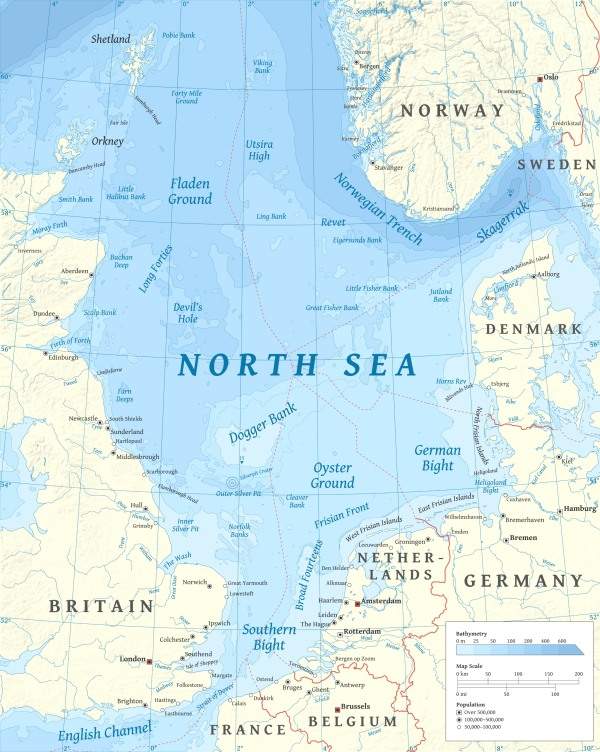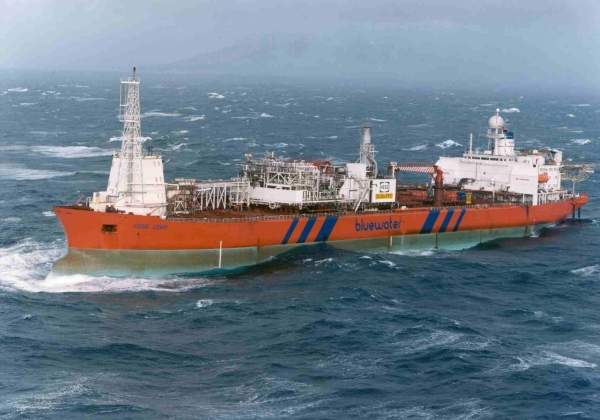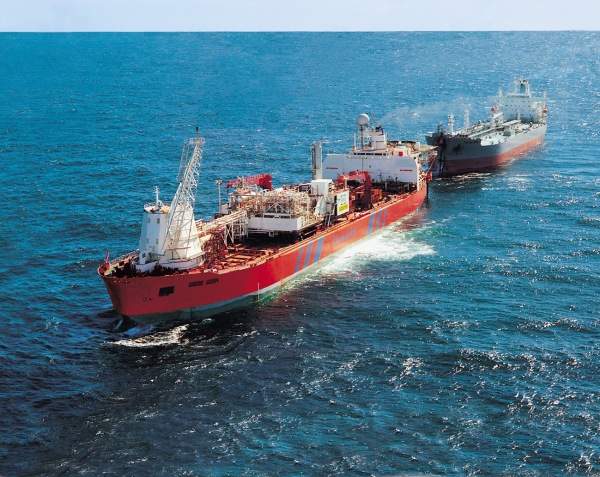Scotland-based company EnQuest redeveloped the Ardmore field (known earlier as the Argyll field) located in the central North Sea. The field covers UK continental shelf blocks 30/24 and 30/25 of production licence P1765 and lies in a water depth of 80m. It was renamed Alma under the redevelopment project.
EnQuest earlier owned 100% interest in the project. In May 2012, EnQuest entered an agreement with Kuwait Foreign Petroleum Exploration Company (KUFPEC) to farm out a 35% interest in the field. As per the agreement, KUFPEC invested approximately $500m in the development of the field. The agreement is subject to approval by the regulatory authorities.
First oil from the project was produced in October 2015. The life of field is estimated to be ten years. EnQuest’s investment in the project is estimated to be $850m.
Discovery and geology of the North Sea field
Alma was discovered as Argyll in 1971 by the Hamilton Brothers (now BHP) with the drilling of the 30/24-2 discovery well.
The Alma field contains three main productive reservoirs, namely Zechstein carbonates, Rotliegend sandstone and Devonian sandstone. It lies in a 2.5km-wide and 6km-long Palaeozoic tilted fault block.
Expected oil reserves at the Alma project
Alma is estimated to contain 20.7 million barrels of oil and a high-recovery case of 32.5 million barrels of oil. The field is expected to achieve a peak production of 4.5 million barrels during the first year and 7.8 million barrels in a high-recovery case.
Decommissioning of the Argyll field
The Argyll field was the first field to produce oil in the UK in 1975. It produced 72.6 million barrels of light sweet crude oil with 37° API over a 17-year period.
Three platforms, including the Trans-world 58 and Deepsea Pioneer, were used to produce the field. From 1991, production from the field started declining. Due to lack of sufficient gas lift facilities and other constraints, the field was decommissioned in 1992.
In January 2002, Tuscan Energy and Acorn Oil and Gas acquired the licence to redevelop the field. The field was renamed Ardmore and two wells were drilled in 2003. It was estimated to contain 21 million barrels of oil which Tucson and Acorn planned to recover.
The field was produced using Rowan’s Gorilla VII jack-up rig modified to include both drilling and production facilities. Between 2003 and 2005, the field produced 5.2 million barrels of oil through high-angle wells. In 2008, the field was decommissioned again as it became economically unfeasible.
Plans for redevelopment by EnQuest
EnQuest announced its plans to redevelop the field in November 2011. Redevelopment of the field is in line with the UK Government’s policy to stimulate indigenous production of oil and gas and increase security of energy supply. Although Alma is a marginal field, development is feasible due to the current oil prices. The project also includes the development of the Galia field located in block 30/24b of P1825.
The redevelopment project involved drilling six production wells and two water injection wells. Water injection is required due to low reservoir pressures at the field. The wells were drilled from two drill centres located to the north and south.
The production wells were drilled from the northern drill centre and water injection wells from the southern drill centre. One production well was drilled at the Galia field and was tied back to the northern drill centre. Production wells are fitted with electrical submersible pumps to regulate flow rates.
The two drill centres were connected to the Uisge Gorm floating production, offloading and storage facility (FPSO) through 10in flowlines. Since the life of the field is relatively short, EnQuest decided to use an FPSO instead of a platform. Two control umbilicals and one power cable form part of the subsea infrastructure.
A semi-submersible drilling rig, Ocean princess, was used to drill the production and injection wells. Drilling activities commenced in January 2012.
The field will be decommissioned and abandoned at the end of its life. All wells will be plugged and abandoned, and all subsea infrastructure and the FPSO will be removed.
Details of the Uisge Gorm FPSO
The Uisge Gorm FPSO began operations in 1995 at the Fife field for Amerada Hess. It is capable of operating in water depths of more than 1,500m. The vessel was modified to accommodate production from the Alma field.
The turret, control systems and accommodation facilities were upgraded. A new chemical injection skid, a first stage separator and new subsea control system equipment were installed on the FPSO.
Exporting the oil produced
Oil produced is offloaded onto a shuttle tanker through a loading hose and tanker mooring system. The tanker visits the field once every two weeks. Produced gas is used to power the FPSO.
Contracts
In June 2012, Technip was awarded a contract to install subsea equipment at the field. The scope of the contract includes installation of two 10in and one 8in production flexible flowlines, and an 8in water injection flexible flowline. It also includes installation of a 175t manifold structure, three 8in flexible risers and two production control umbilicals. The equipment is tied back to the FPSO.










